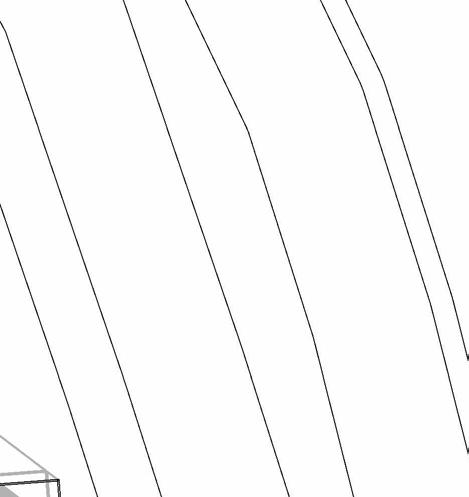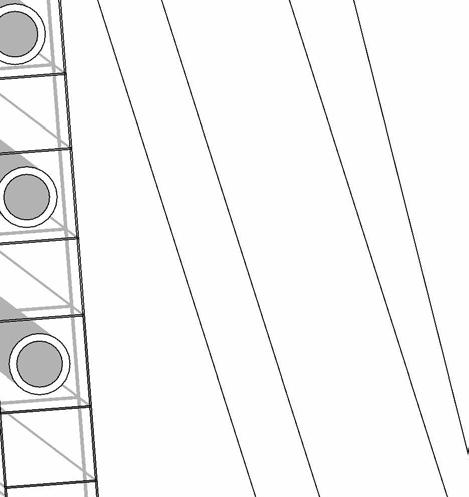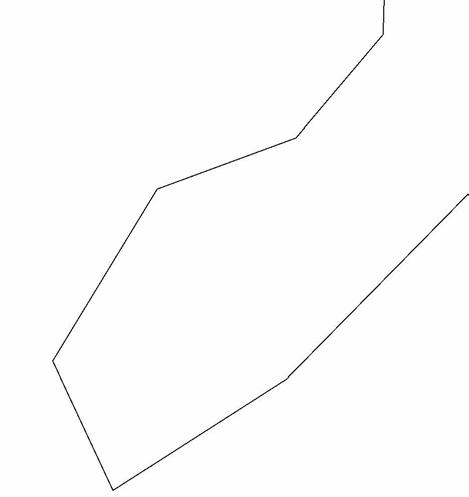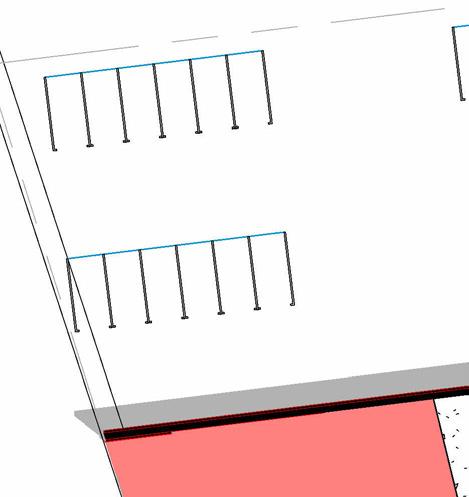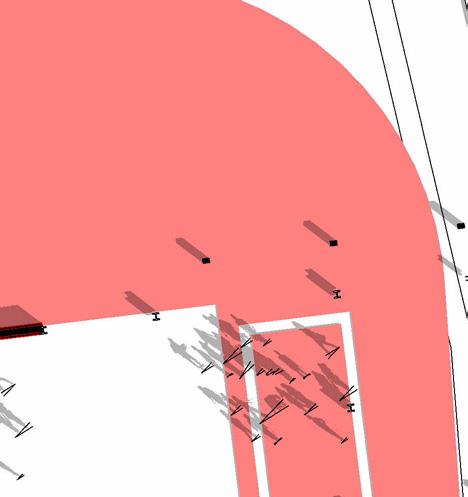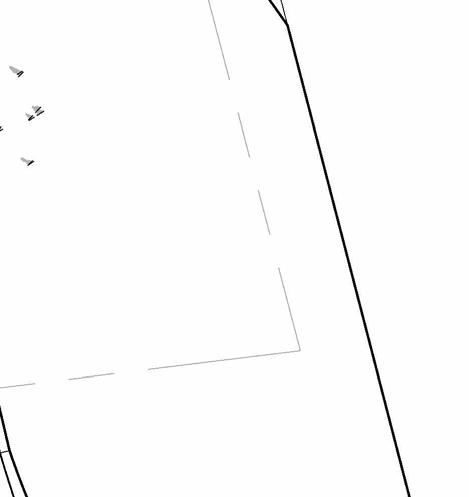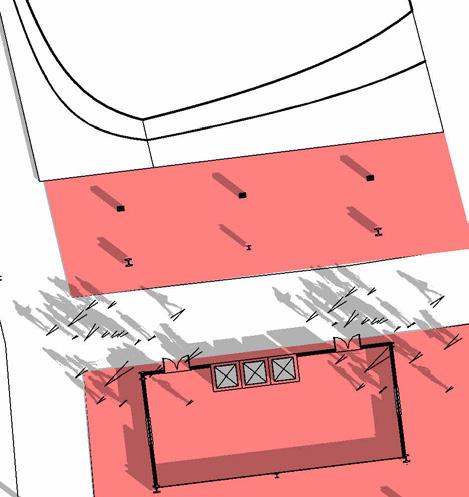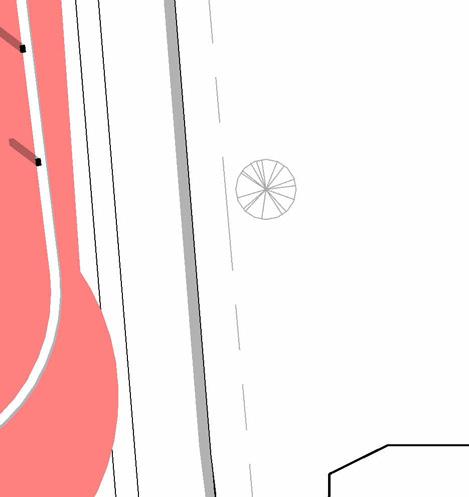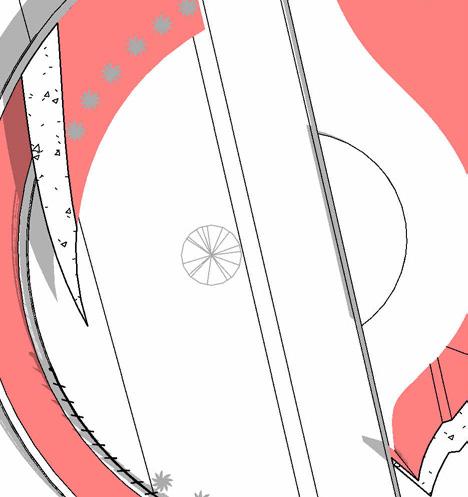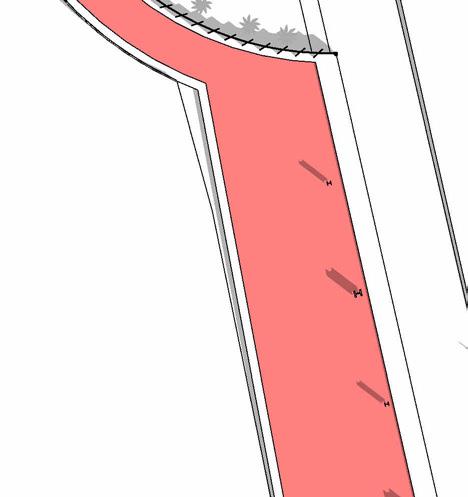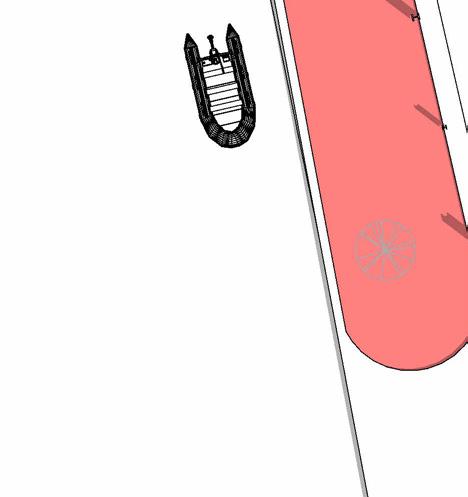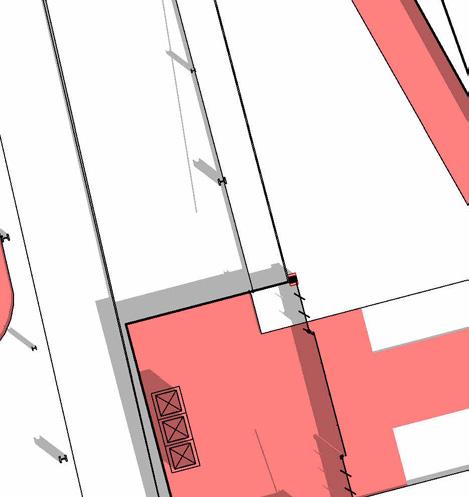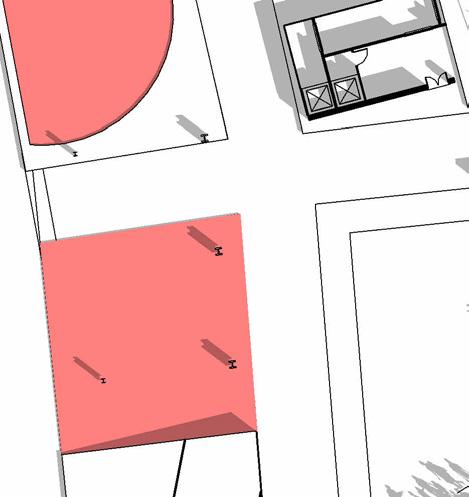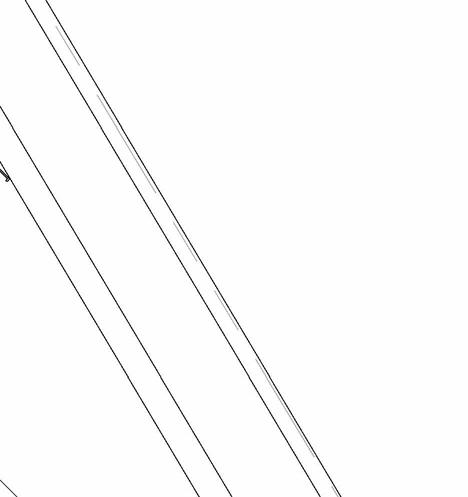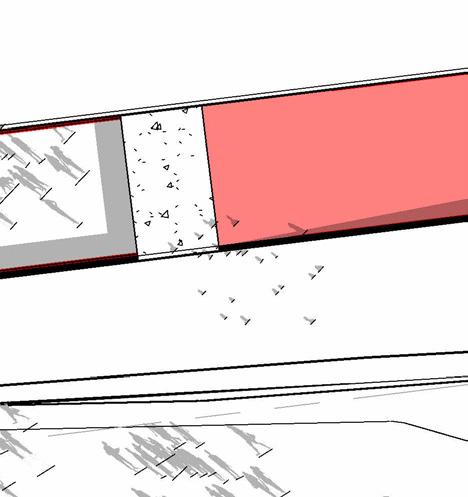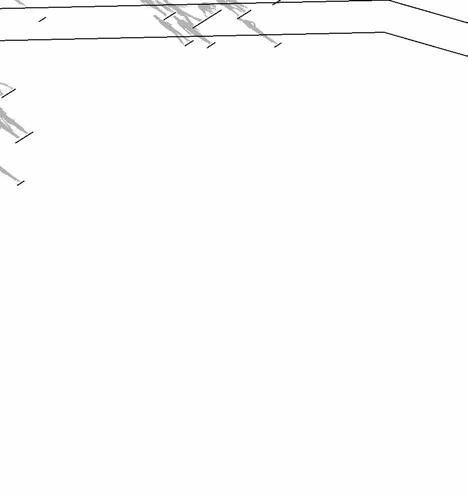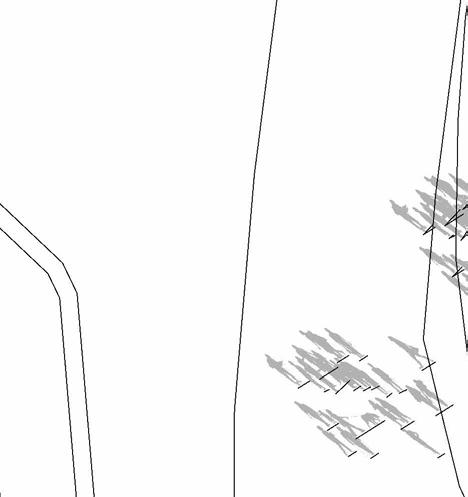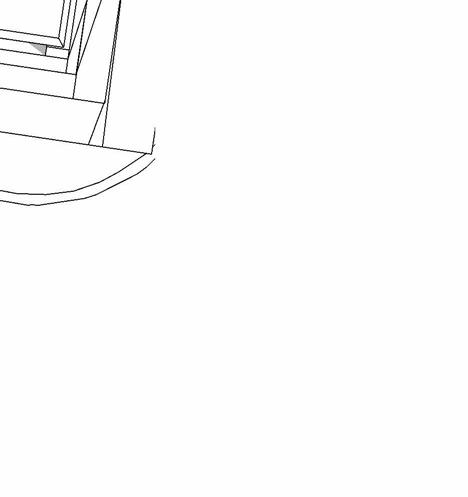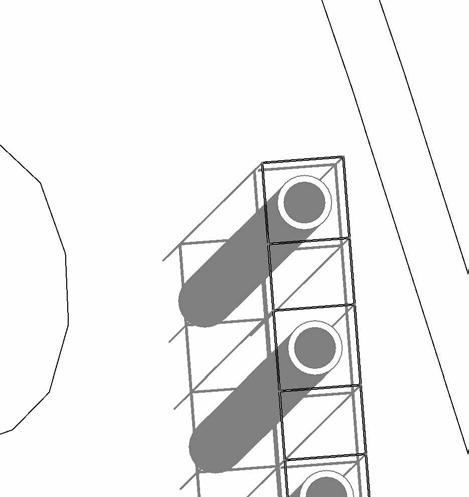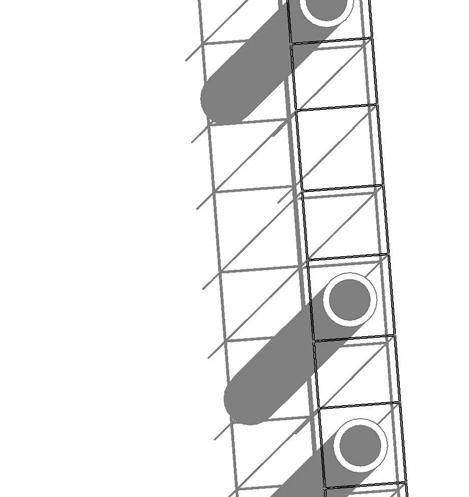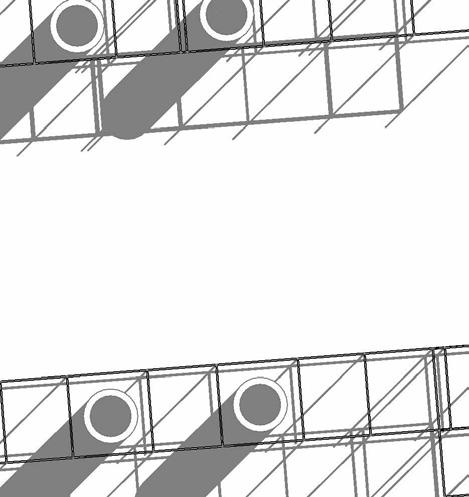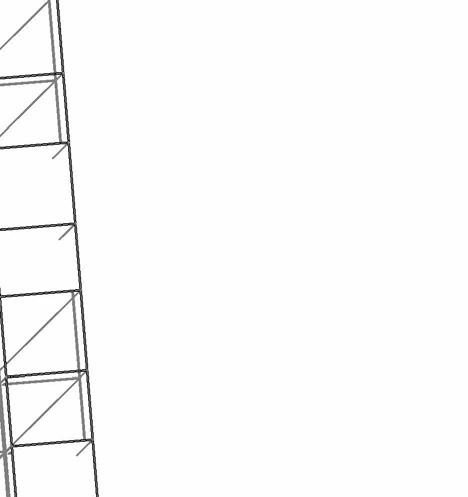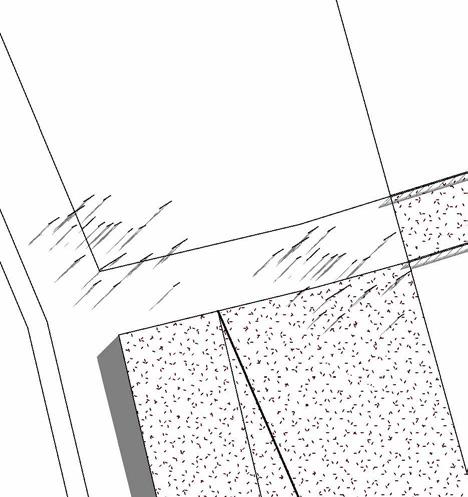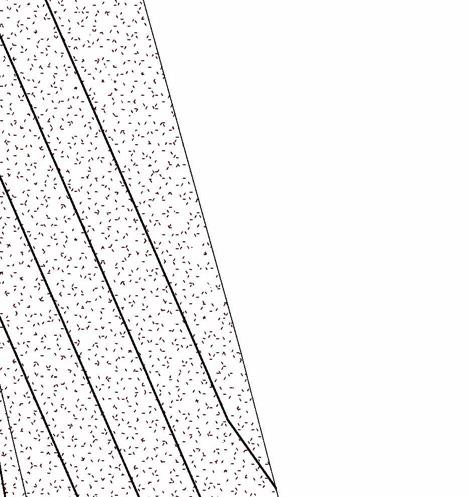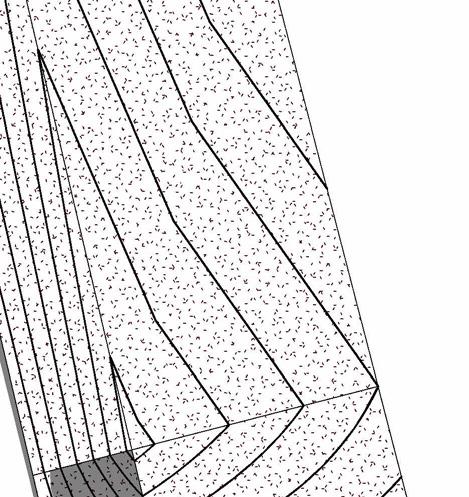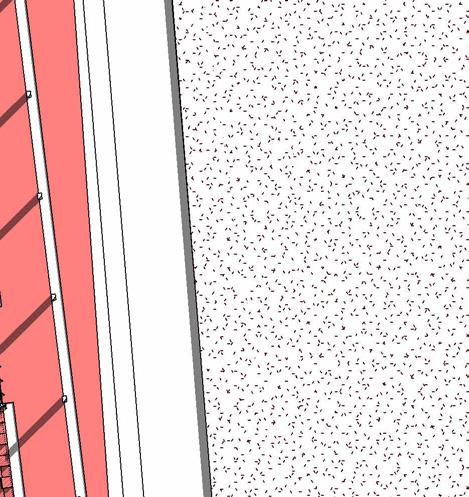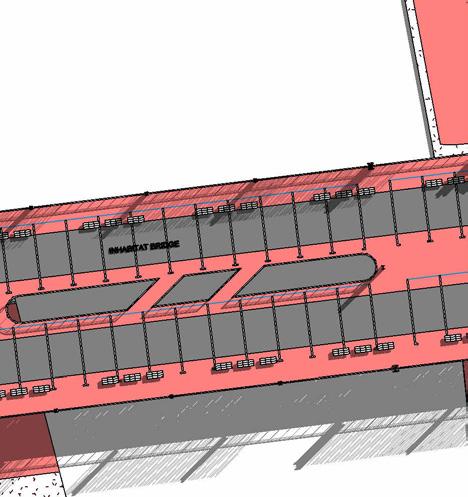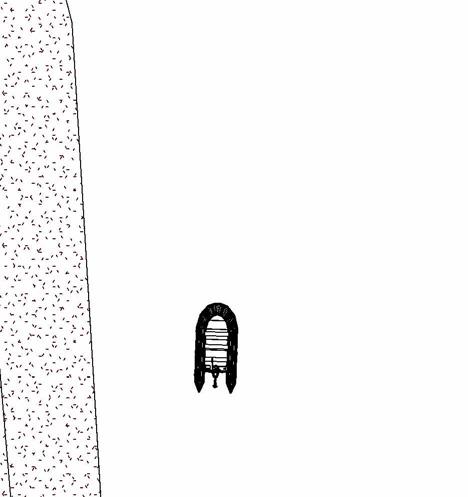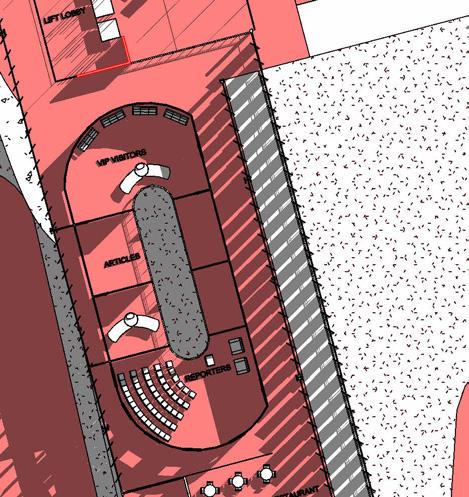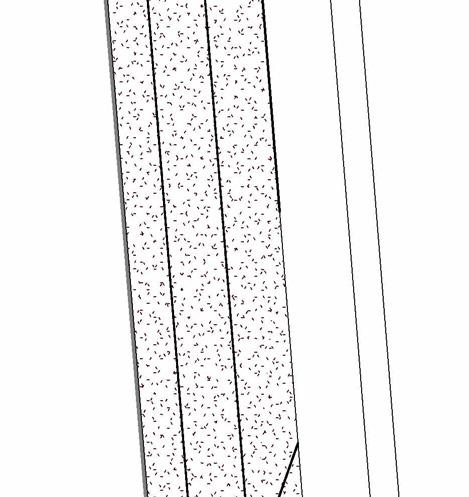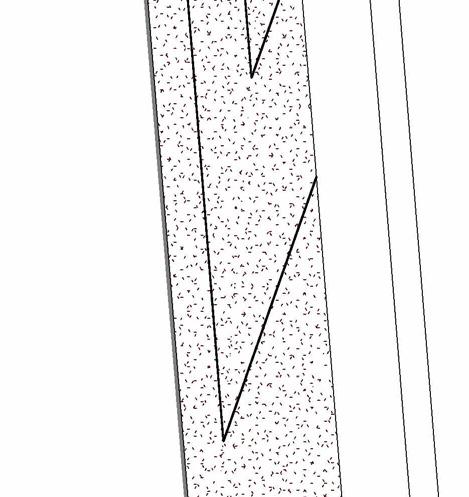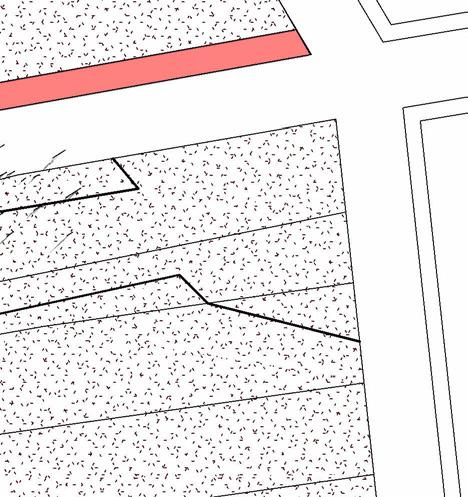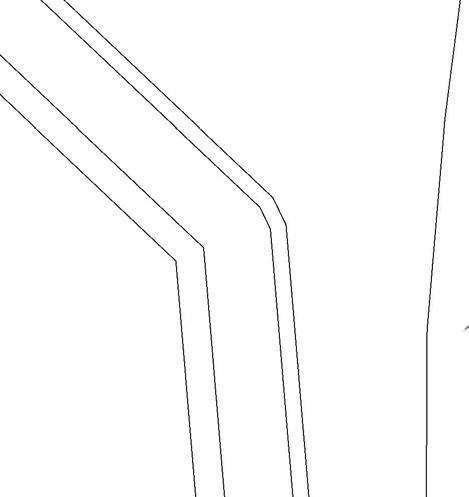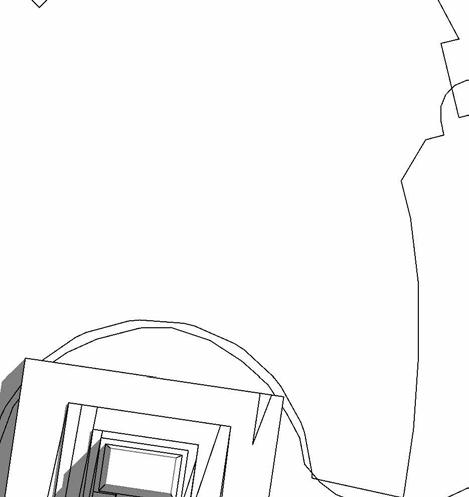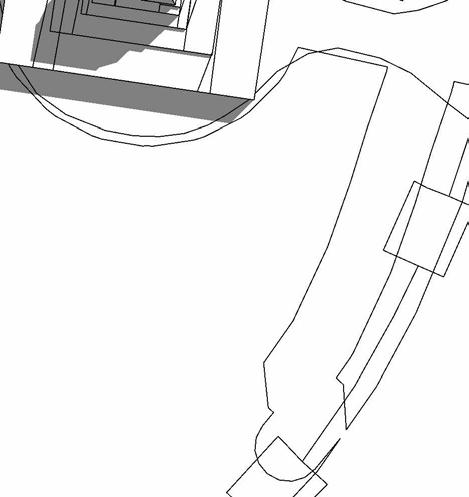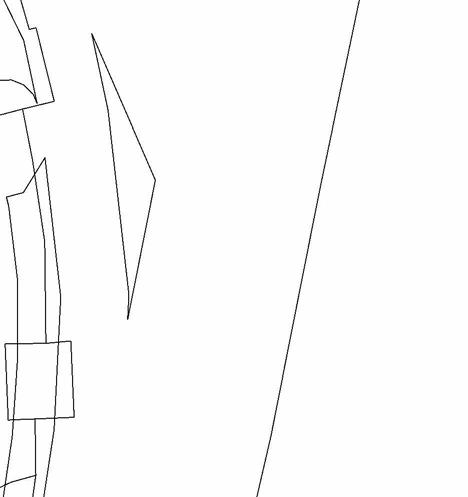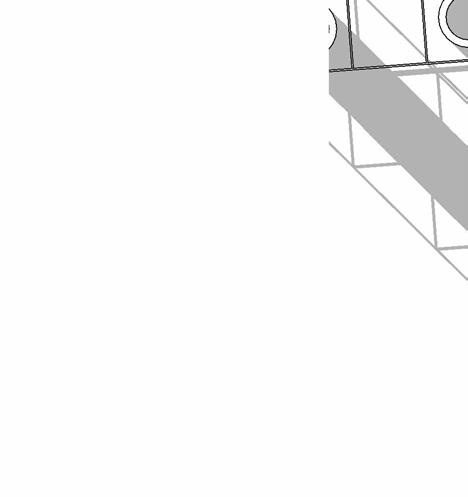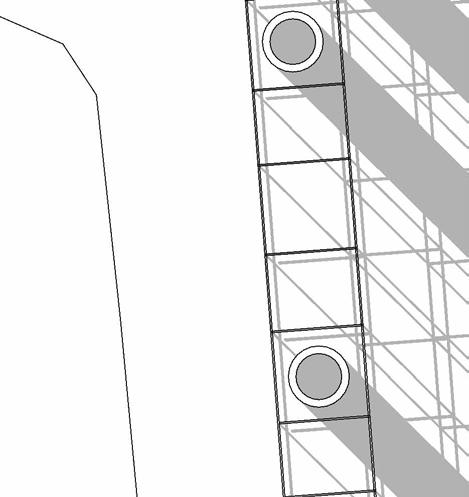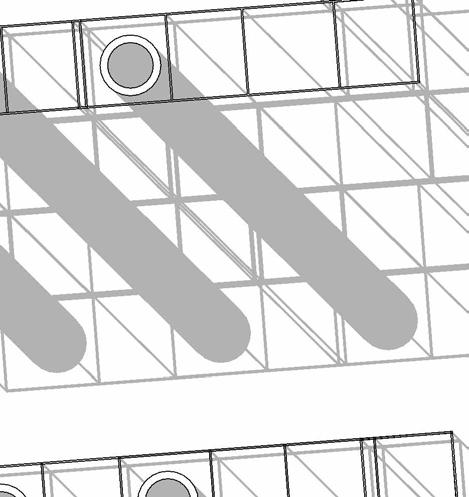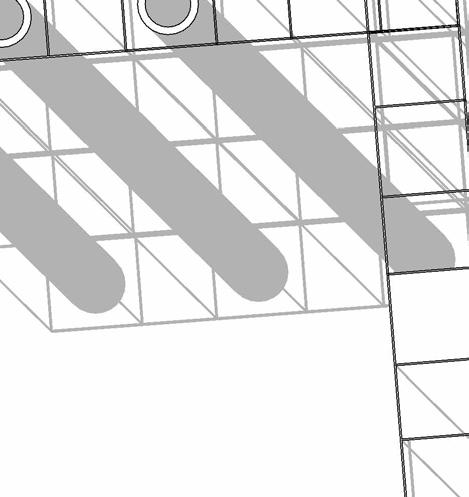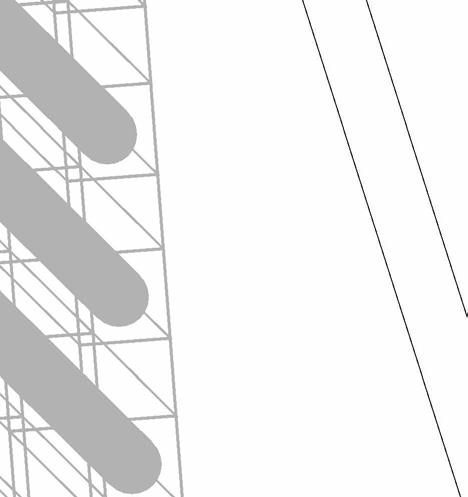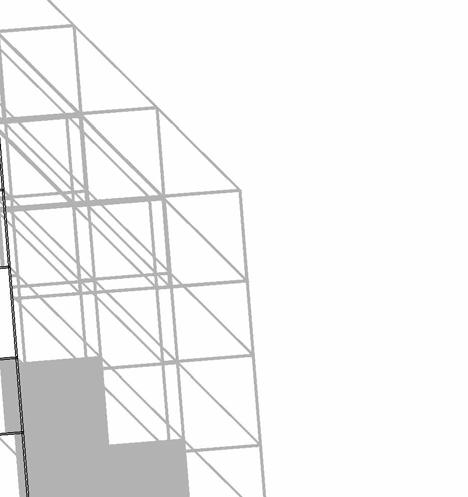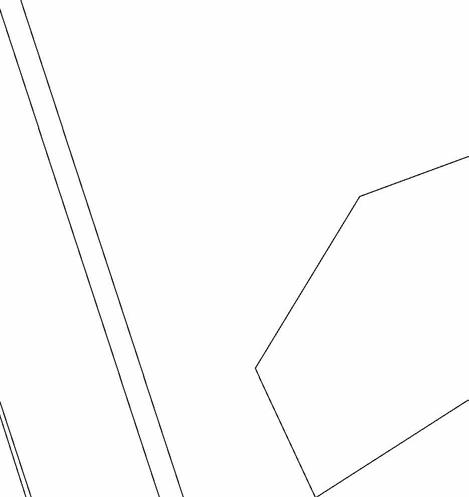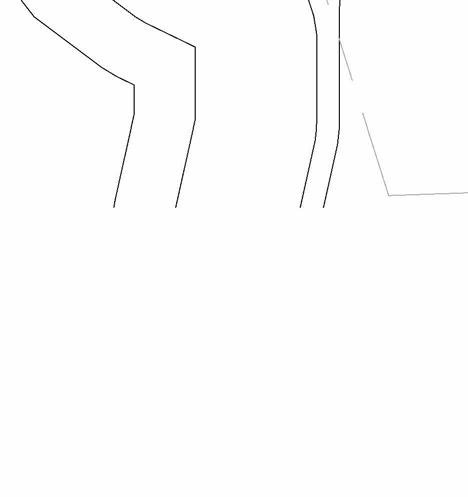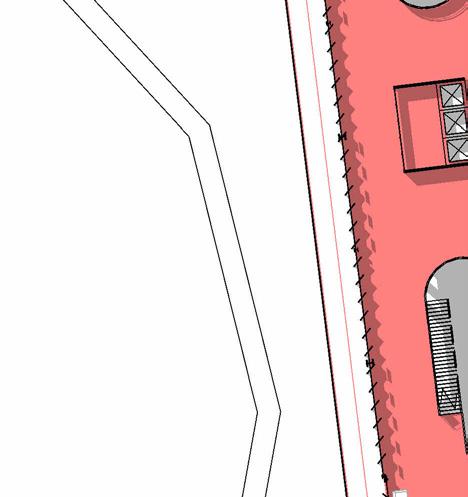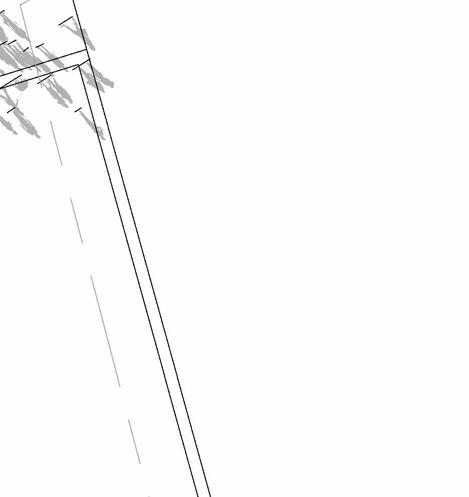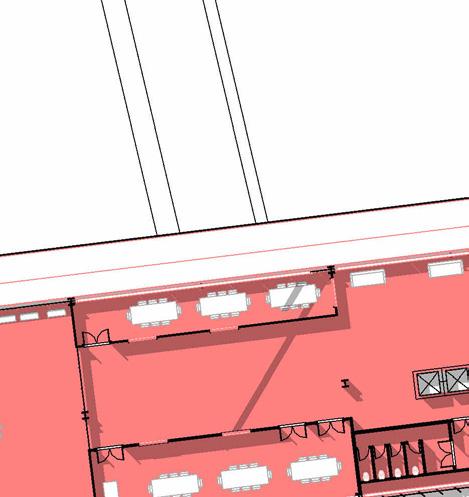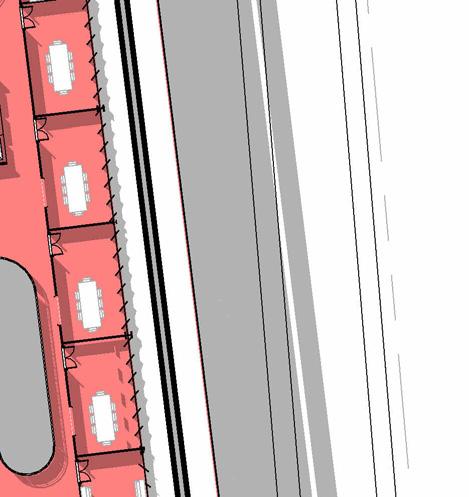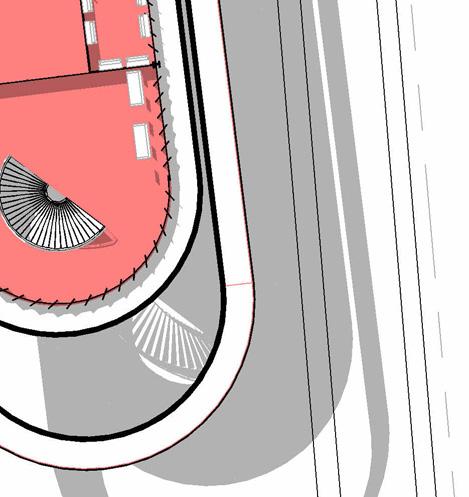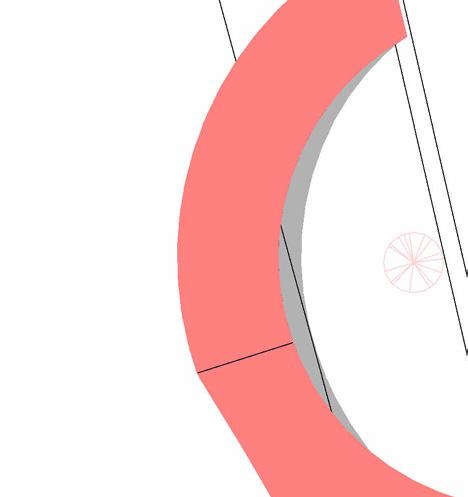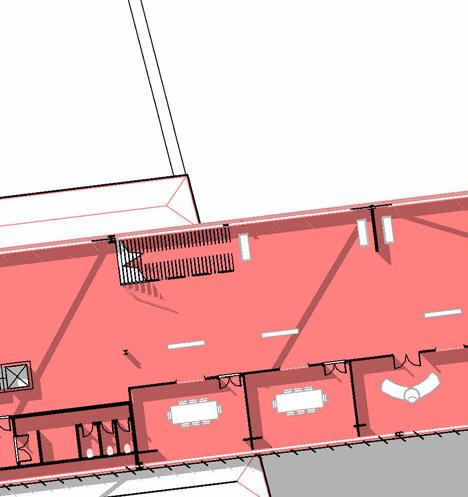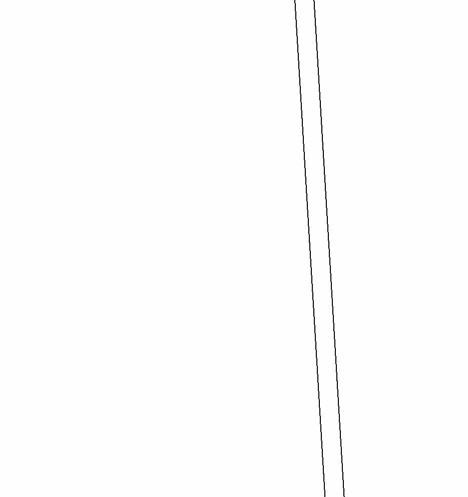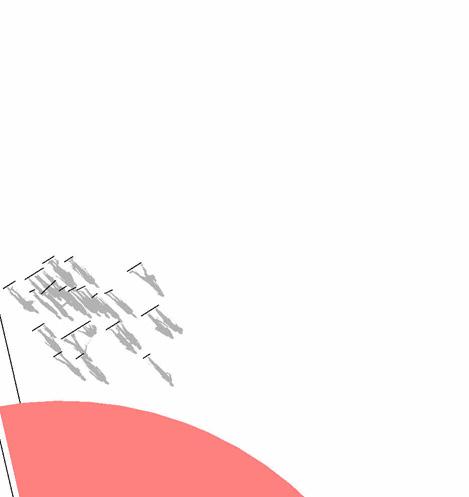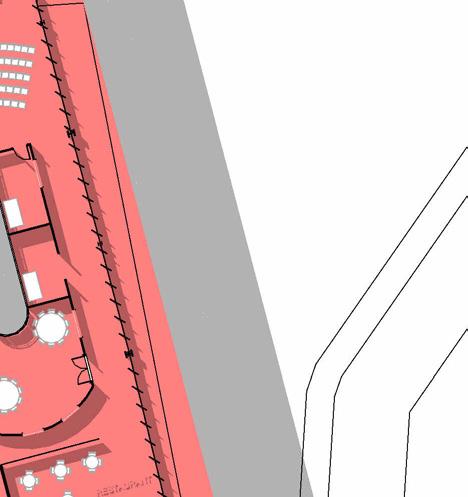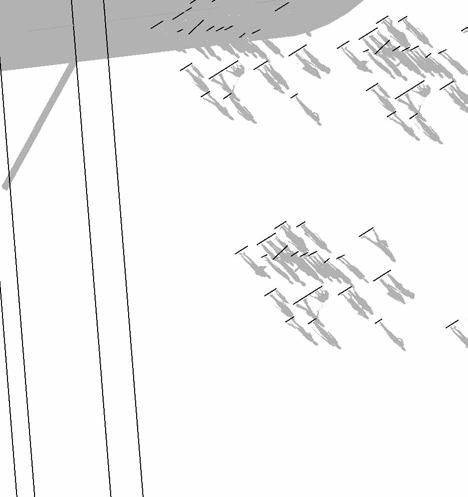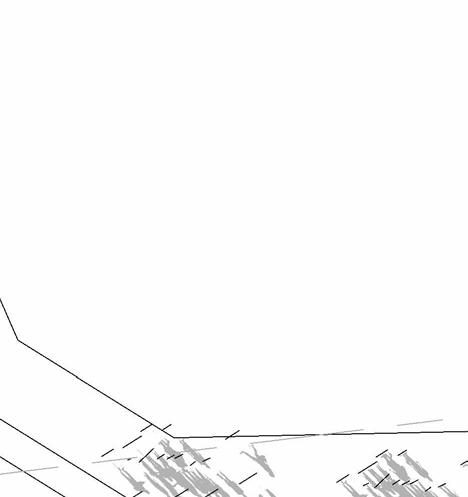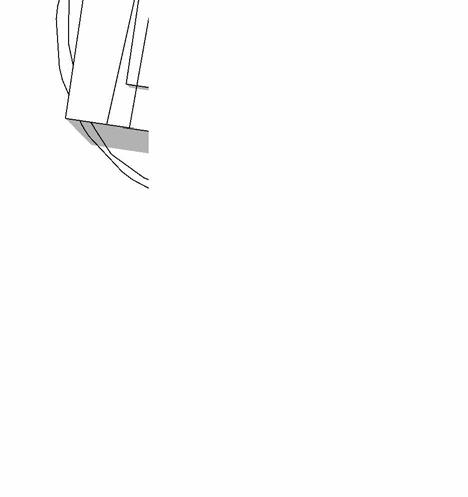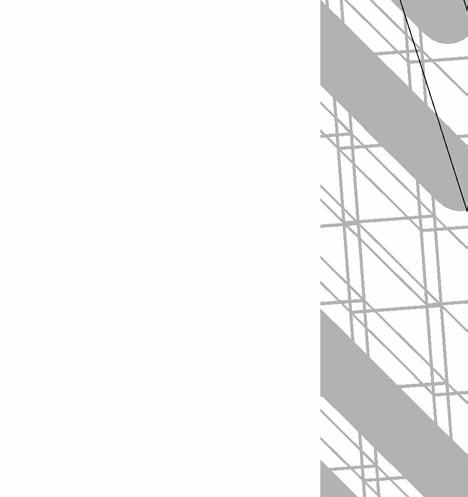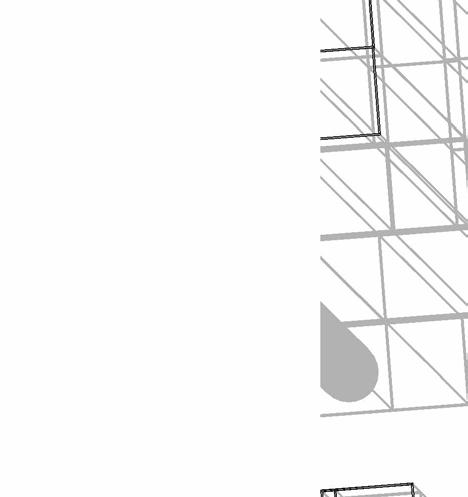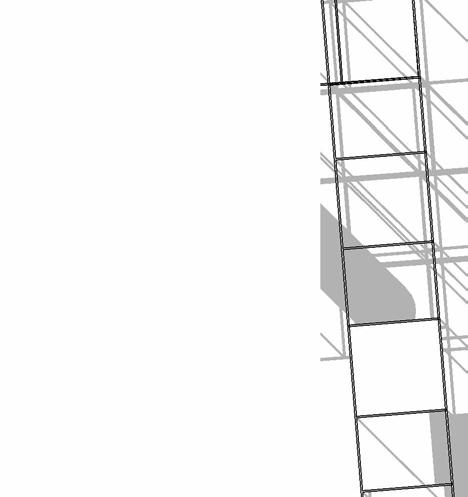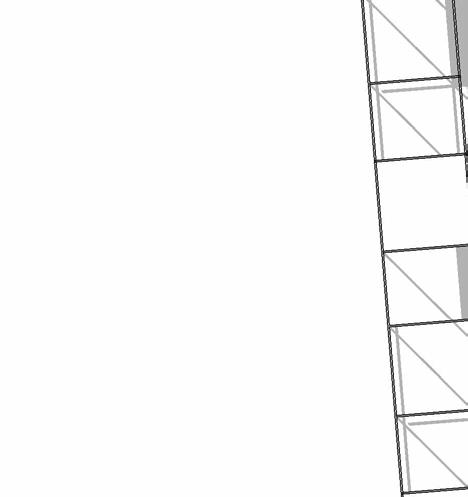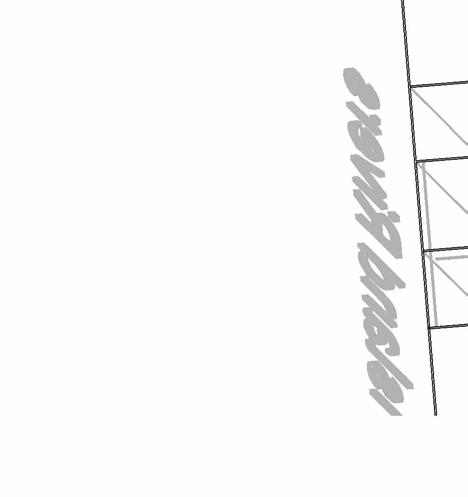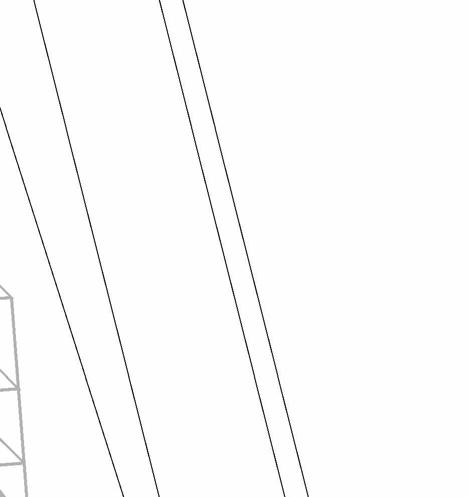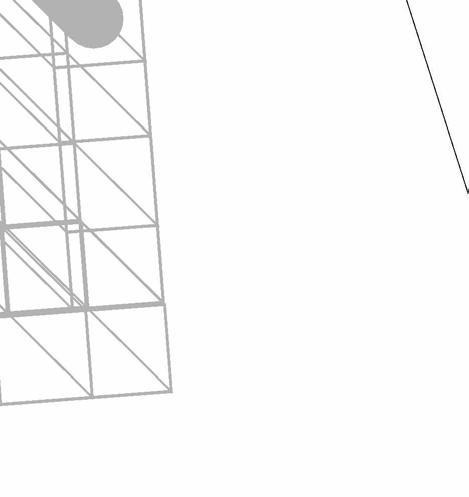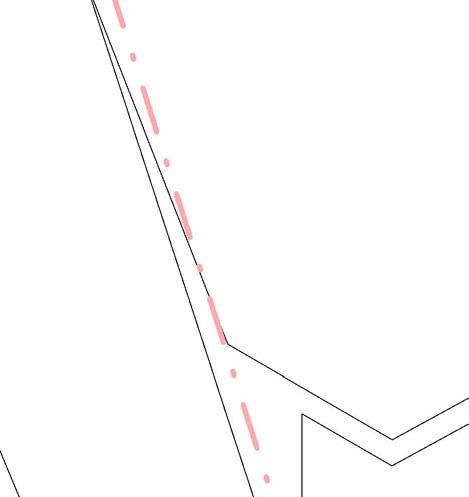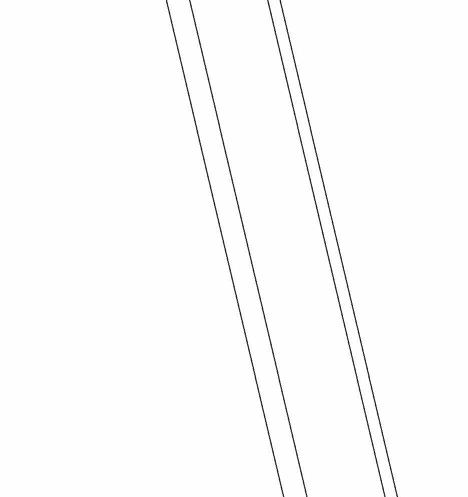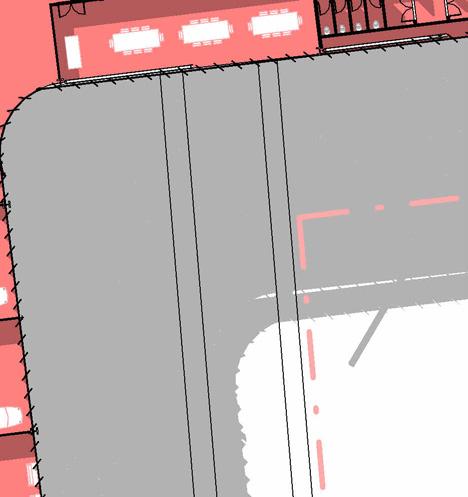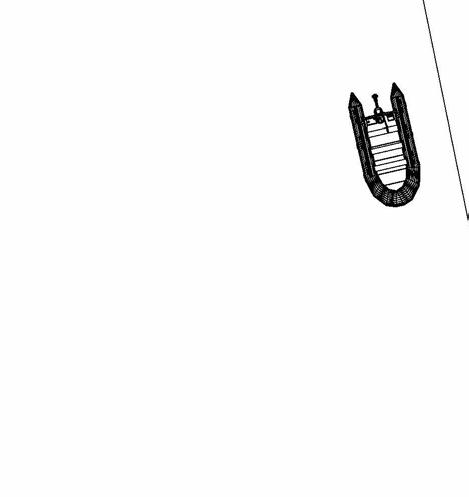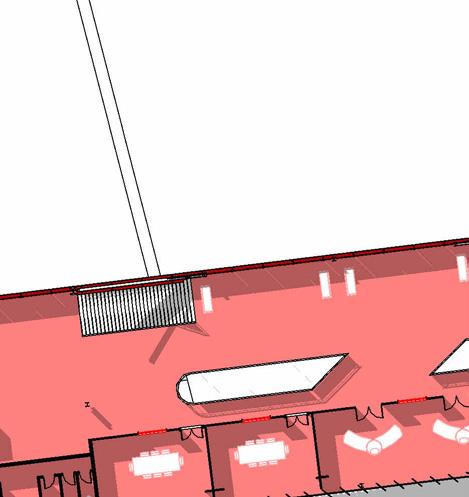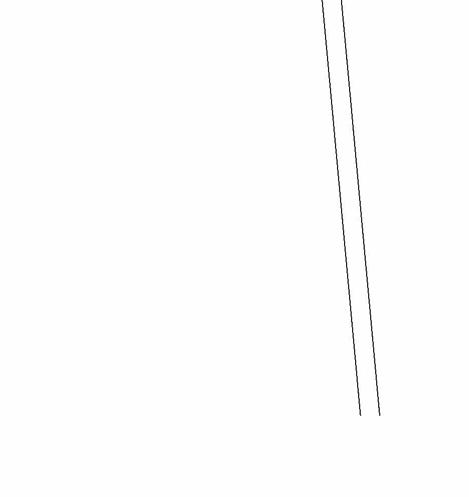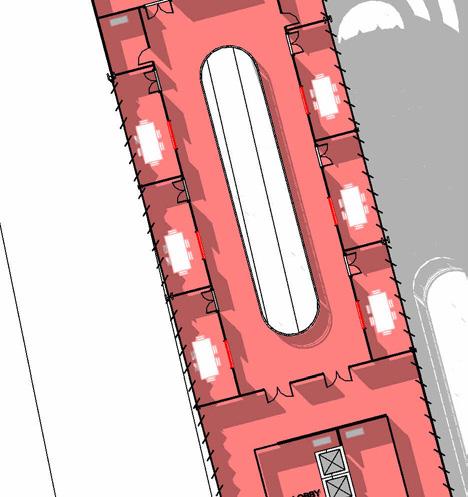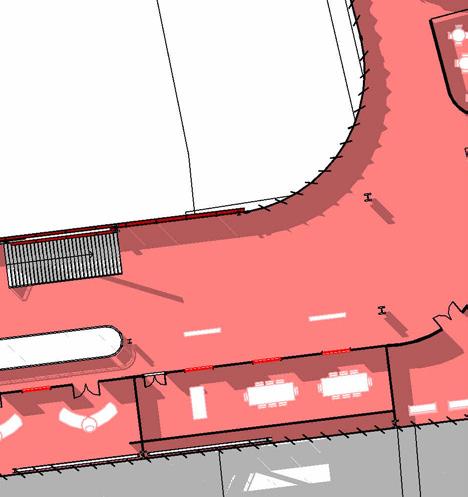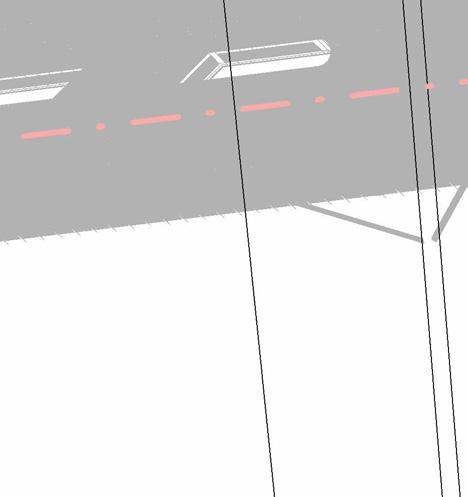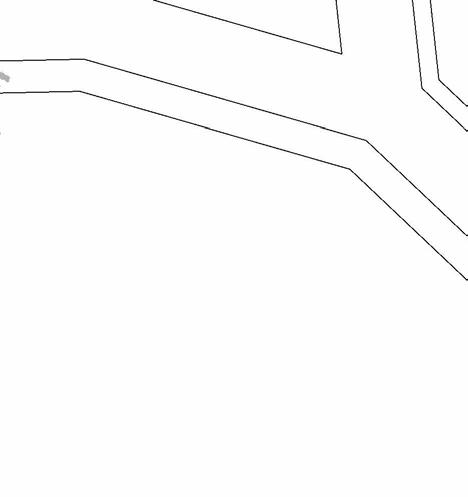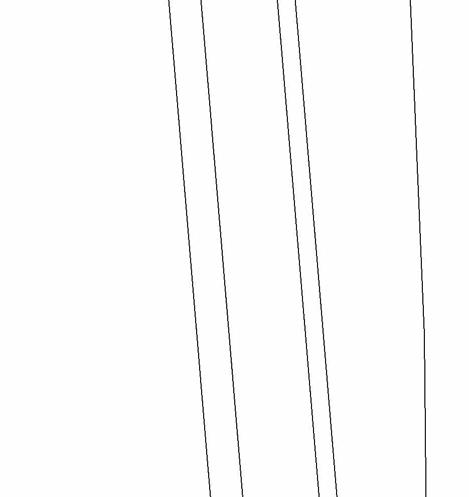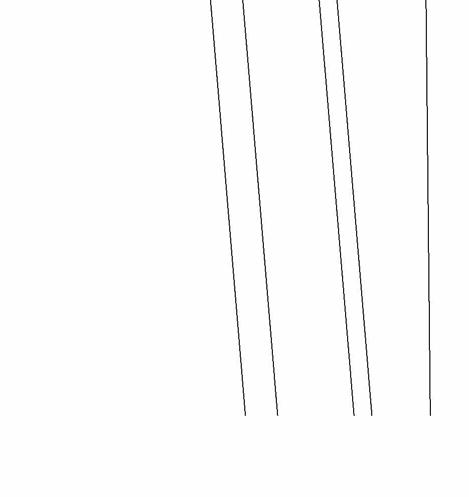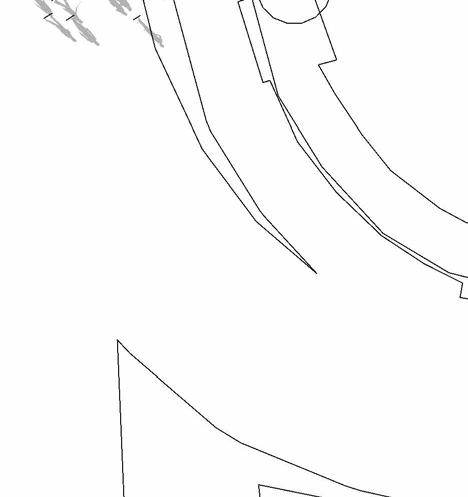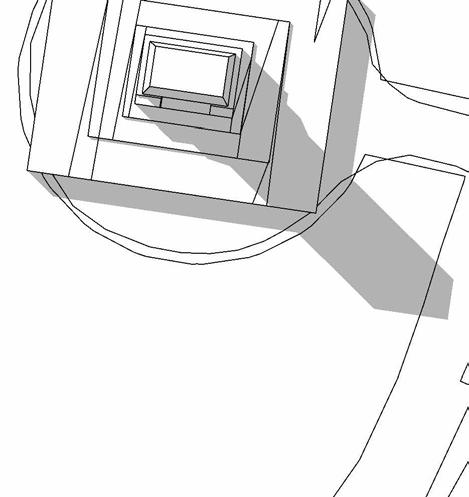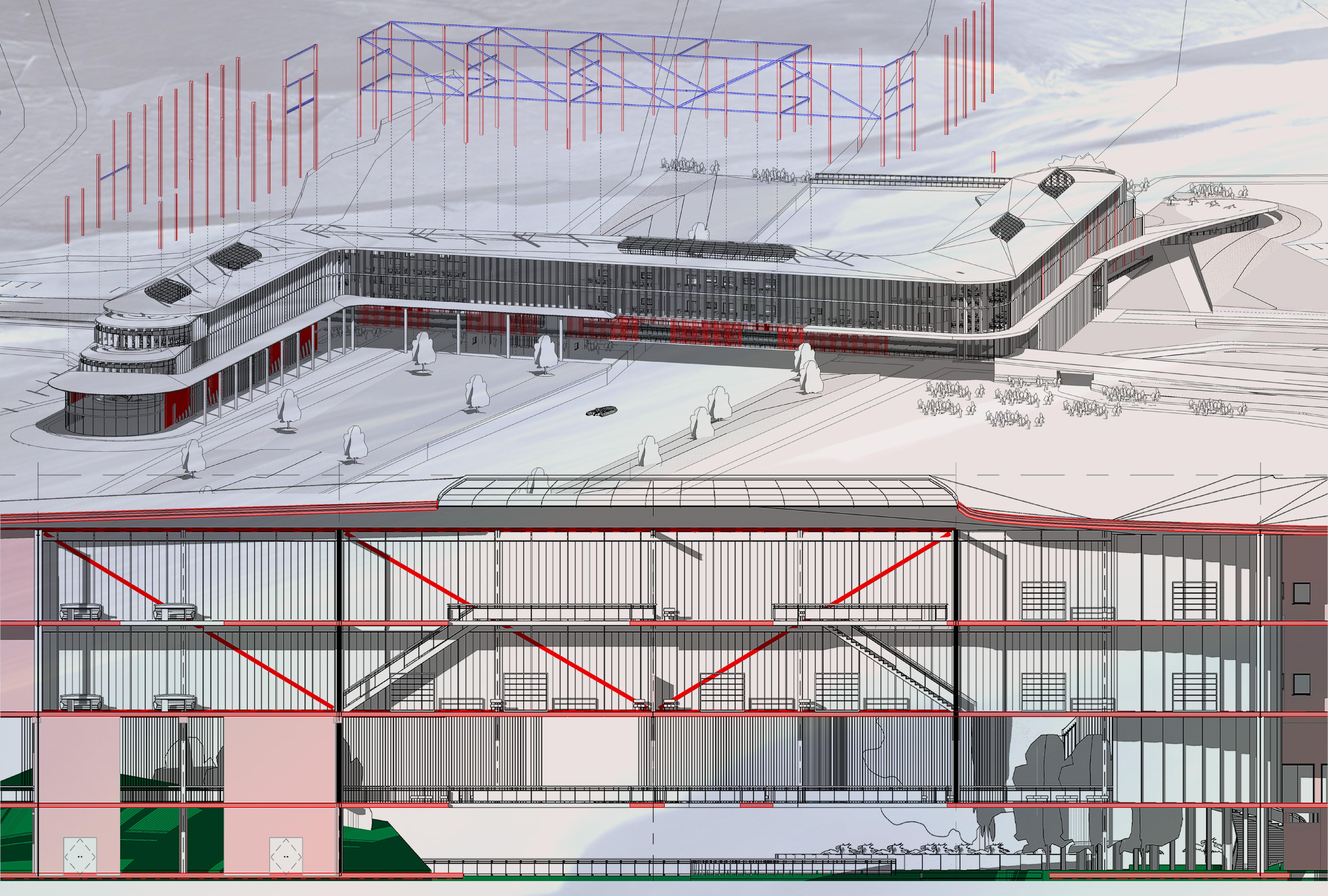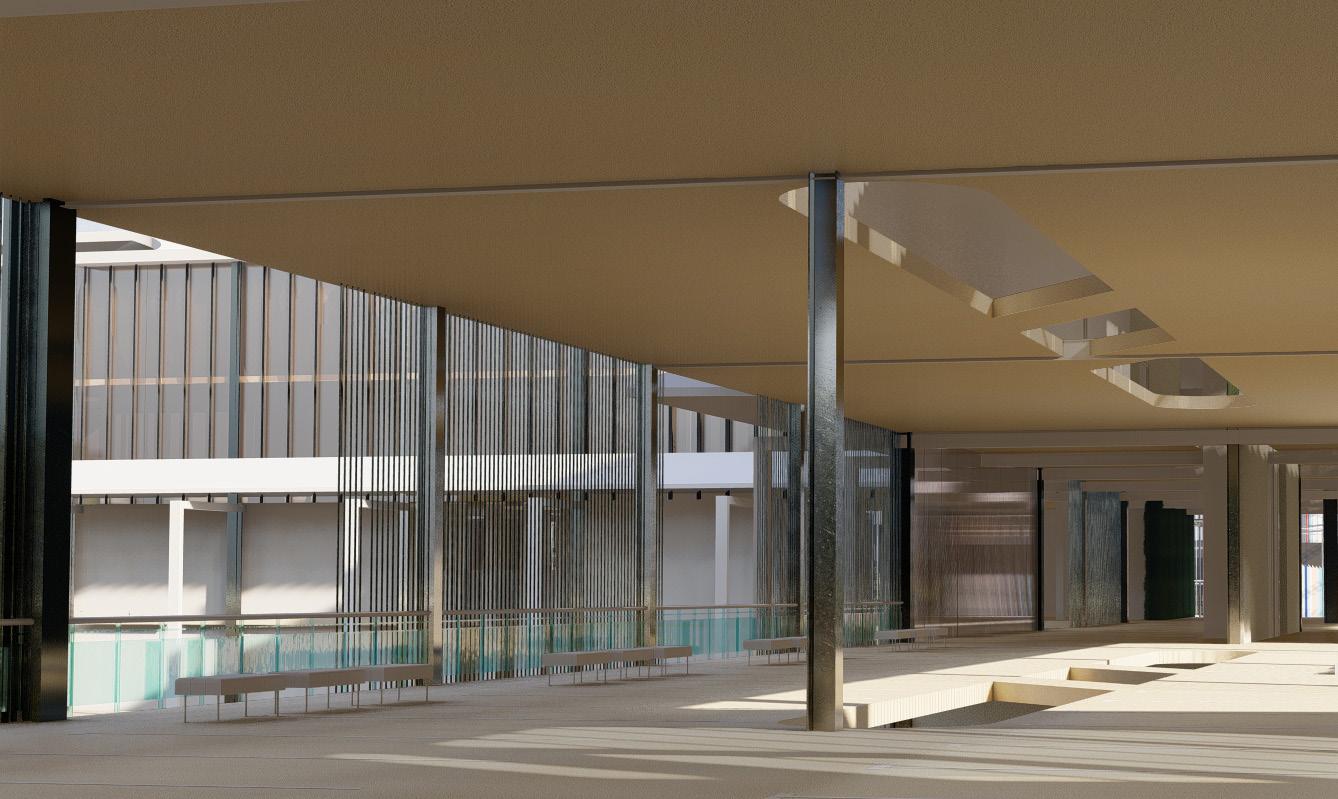POLITICAL ISLAND INSTITUTE



“ WEAVING A SEAMLESS FABRIC WHERE RIVERS WHISPER AND MONUMENTS TALK ETERNALLY”.
 CHENNAI
TAMIL NADU/ INDIA
13.0728° N, 80.2807° E
CHENNAI
TAMIL NADU/ INDIA
13.0728° N, 80.2807° E




“ WEAVING A SEAMLESS FABRIC WHERE RIVERS WHISPER AND MONUMENTS TALK ETERNALLY”.
 CHENNAI
TAMIL NADU/ INDIA
13.0728° N, 80.2807° E
CHENNAI
TAMIL NADU/ INDIA
13.0728° N, 80.2807° E
CHENNAI
TAMIL NADU/ INDIA
13.0728° N, 80.2807° E
“
WEAVING A SEAMLESS FABRIC WHERE RIVERS WHISPER AND MONUMENTS TALK ETERNALLY”.
The Riverfront Politics is situated at the convergence of urban development, climate change, and climate politics, providing a comprehensive strategy for tackling the difficulties presented by a shifting climate. This ambitious endeavour surpasses simple enhancements to infrastructure, striving to serve as an exemplar for sustainable urban development and a driving force for climate-conscious policies.
To begin with, the Riverfront Politics actively addresses the effects of climate change by integrating resilient design features. Cities are confronted with substantial risks as a result of climate change, including escalating global temperatures, severe weather phenomena, and the rise in sea levels. The Riverfront Project aims to address these challenges by implementing sustainable and adaptive design principles. Infrastructure, such as riverbanks, embankments, and public spaces, is specifically engineered to endure the effects of climate change, guaranteeing the durability and effectiveness of the project in response to changing environmental circumstances.
Moreover, the Riverfront Politics has the capacity to foster public consciousness and involvement in climate matters. It serves as a physical representation of climate-conscious development, offering opportunities for educational programmes, community engagement, and advocacy for environmentally sustainable policies. This generates a grassroots pressure that can impact climate politics across different tiers of governance.
To summarise, the Riverfront Politics not only tackles the immediate challenges presented by climate change through resilient design, but also contributes to a wider climate politics agenda. It functions as a tangible demonstration of sustainable urban development, exerting influence on policies and cultivating public consciousness regarding the urgent necessity for climate action. Given the global challenges posed by climate change, initiatives such as these play a vital role in shaping a future that is both resilient and sustainable.

 INSTITUTE CHENNAI, TAMIL NADU, INDIA
INSTITUTE CHENNAI, TAMIL NADU, INDIA

TAMIL NADU, CHENNAI
Chennai, formerly known as Madras,is the capital city of Tamil Nadu, the southernmost state of India. It is the state’s primate city both in area and population and is located on the Coromandel Coast of the Bay of Bengal.
ETYMOLOGY
• Thecoastalland,whichthencontainedthefishingvillageMadrasapattinam,waspurchasedbytheBritishEastIndiaCompanyfromtheNayakrulerDamarlaChennapaNayaka,inthe17thcentury.
• The British garrison established the Madras city and port, and built Fort St. George—the first British fortress in India—which the French won over briefly in 1746, before becoming the winter capital of the Madras Presidency, a colonial province of the British Raj in the Indian subcontinent.
• After India gained its independence in 1947, Madras continued as the capital city of the Madras State and present-day Tamil Nadu. The city was officially renamed as Chennai in 1996.

LOCATION
Chennai is located on the south–eastern coast of India in the north–eastern part of Tamil Nadu on a flat coastal plain known as the Eastern Coastal Plains. Its average elevation is around 6.7 m (22 ft), and its highest point is 60 m (200 ft). Two major rivers flow through Chennai, the Cooum River (or Koovam) through the centre and the Adyar River to the south. The estuary of this river is heavily polluted with effluents released by the industries in the region.Adyar and Cooum rivers are heavily polluted with effluents and waste from domestic and commercial sources, the Coumm being so heavily polluted it is regarded as the city’s eyesore. The Buckingham Canal, 4 km (2.5 mi) inland, runs parallel to the coast, linking the two rivers. Several lakes of varying size are located on the western fringes of the city. Some areas of the city have the problem of excess iron content in groundwater.
Chennai is classified as being in Seismic Zone III, indicating a moderate risk of damage from earthquakes. Owing to the geotectonic zone the city falls in, the city is considered a potential geothermal energy site. The crust has granite rocks indicating volcanic activities in the past. It is expected that temperatures of around 200 to 300 °C will be available if the ground were drilled 4 to 5 km deep. The region has the oldest rocks in the country dating back to nearly a billion years.


ENVIRONMENTAL CONDITIONS
River Cooum, that once thrived life and economy is now a disgraceful, degraded feature carrying sewage, as well as a vulnerable flood zone. The unprecedented flooding in 2015 that affected the 4.3 million lives in Chennai, was a man-made disaster and an evidence of gaps - in synchronising landscape resource management with urban development. It tickled an alarm to relook at priorities and principles of planning. This status of higher significance, higher ignorance, and higher vulnerability - presents the context of Cooum and the pressing need for comprehensive restoration at all scales.
‘“ WEAVING A SEAMLESS FABRIC WHERE RIVERS WHISPER AND MONUMENTS TALK ETERNALLY”.
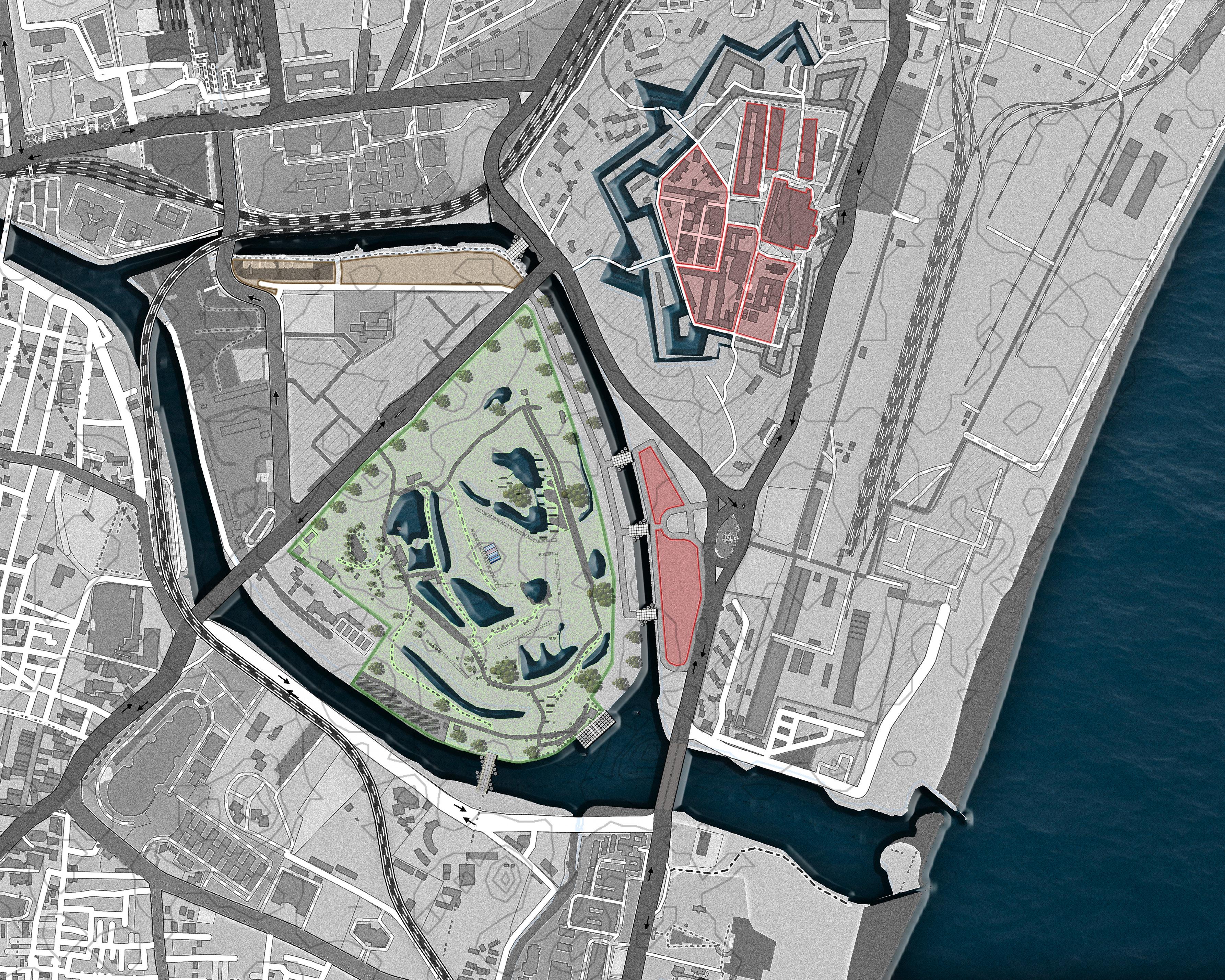
However, one of the most striking buildings here is the Fort St. George Museum. It houses the relics of the British personnel who inhabited this fort. The construction of the building was completed in 1795 and served as the Madras Bank, whereas the long hallway upstairs served as the venue for public meetings as well as for entertainment. Today, the fort museum showcases a host of artefact such as coins, medals, paintings, letters, etc, belonging to the colonial period. There is a banqueting hall in the premises of the fort, called Wellesley House, named after Richard Wellesley, the Governor-General of India. There is a 14.5 ft tall statue of Lord Cornwallis in front of the museum, which is an art masterpiece. It was brought to India from Britain through ship. It is carved with a scene depicting Tipu Sultan, his two sons and the East India Company officials.
ENVIRONMENT CONSERVATION
Chennai has three rivers and many lakes spread across the city. Urbanization has led to the shrinkage of water bodies and wetlands. The quantity of wetlands in the city has decreased from 650 to only 27 currently. The Chennai River Restoration trust set up by the government is working on the restoration of Adyar River. Environmentalist Foundation of India is a volunteering group working towards wildlife conservation and habitat restoration.
The encroachment of urban development on wetlands has gravely hampered the city’s sustainability, and contributed both to the city’s floods in 2015 and water scarcity crisis in 2019.
TAMIL NADU LEGISLATIVE ASSEMBLY
The city gets most of its seasonal rainfall from the north–east monsoon winds, from mid–October to mid–December. Cyclones in the Bay of Bengal sometimes hit the city. The highest annual rainfall recorded is 257 cm (101 in). Prevailing winds in Chennai are usually southwesterly between April and October and north-easterly during the rest of the year. Historically, Chennai has relied on the annual rains of the monsoon season to replenish water reservoirs, as no major rivers flow through the area. Chennai has a water table at 2 metres for 60 percent of the year. The city of Chennai is located on the east coast of India, which is also known as the Coromandel Coast. Chennai is largely dependent on NE monsoon, since 65% of rains are received in this season. Cyclones and depressions are common features during the season. Cyclones, in particular, are especially unpredictable. They may even move towards Orissa, west Bengal, Bangladesh, and also Myanmar. The season between October and December is referred as the NE monsoon period. Floods are common during this period. In 2015, Chennai received record-breaking rains since 1918, which caused massive floods.
AVERAGE TEMPERATURES AND PRECIPITATION
The “mean daily maximum” (solid red line) shows the maximum temperature of an average day for every month for Chennai. Likewise, “mean daily minimum” (solid blue line) shows the average minimum temperature. Hot days and cold nights (dashed red and blue lines) show the average of the hottest day and coldest night of each month of the last 30 years
The wind rose for Chennai shows how many hours per year the wind blows from the indicated direction. Example SW: Wind is blowing from South-West (SW) to North-East (NE). Cape Horn, the southernmost land point of South America, has a characteristic strong west-wind, which makes crossings from East to West very difficult especially for sailing boats.
The graph shows the monthly number of sunny, partly cloudy, overcast and precipitation days. Days with less than 20% cloud cover are considered as sunny, with 20-80% cloud cover as partly cloudy and with more than 80% as overcast.
The maximum temperature diagram for Chennai displays how many days per month reach certain temperatures. Dubai, one of the hottest cities on earth, has almost none days below 40°C in July. You can also see the cold winters in Moscow with a few days that do not even reach -10°C as daily maximum.



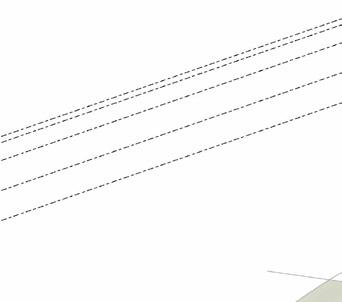















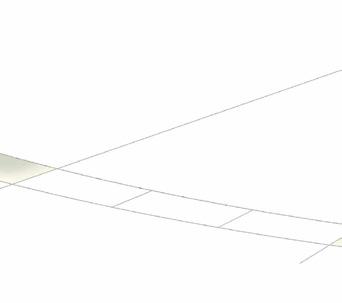















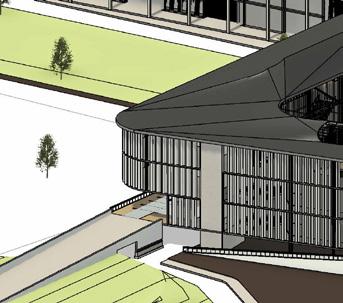
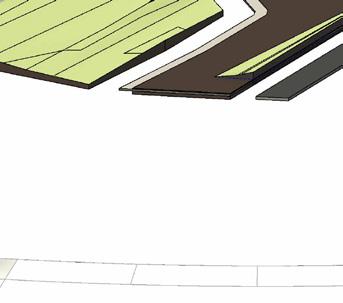


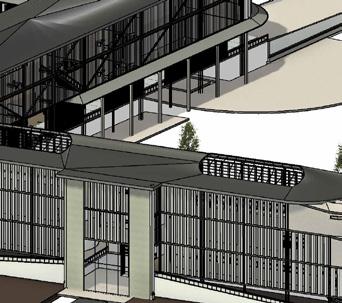
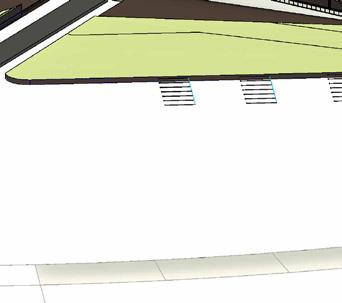






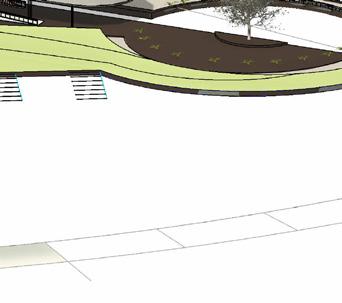















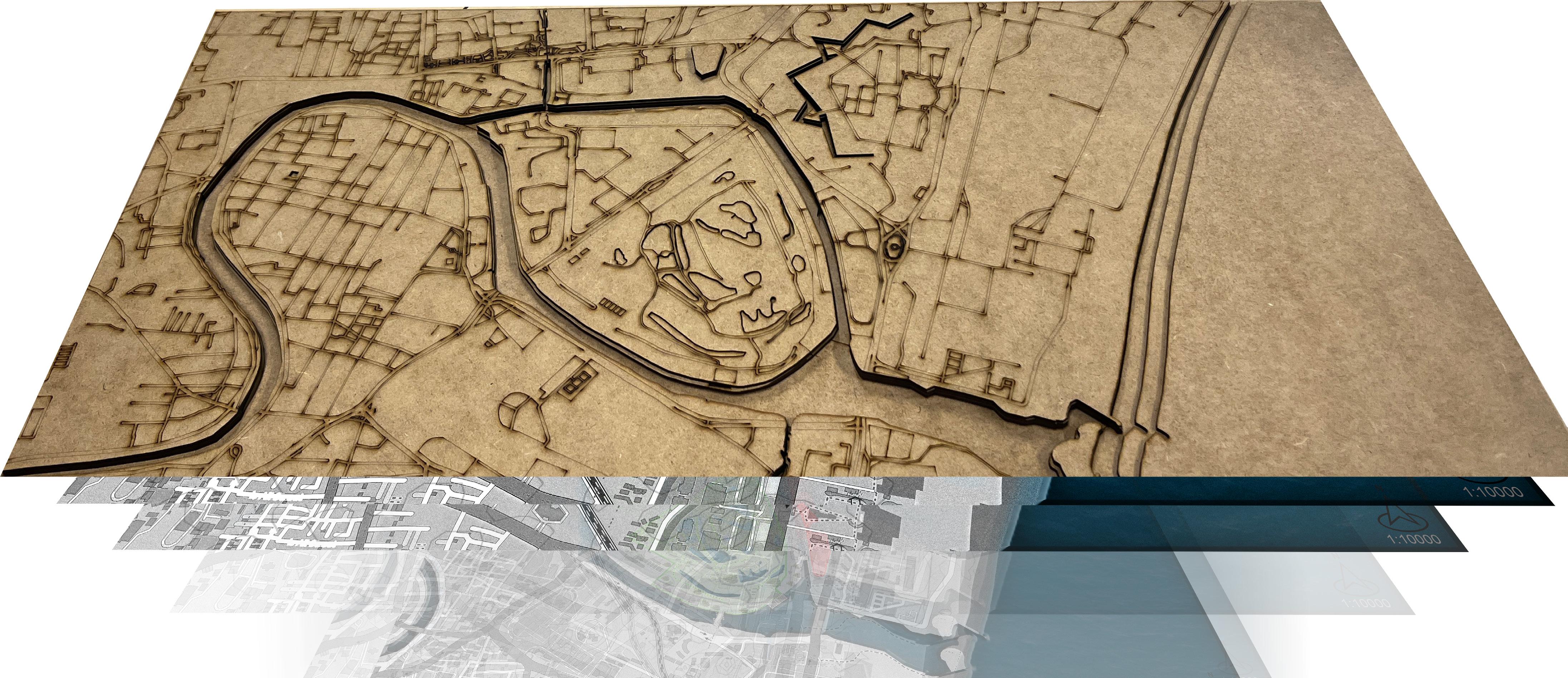
Cultural institutions, or civic buildings can contribute to the identity of a riverfront. Designing spaces like community events, performances, or public art installations can also enhance the cultural aspect.

The project aims to connect people and place back to the river through a landscape driven planning and design approach. The Matrix proposes strategies at four sequential scales — city, neighbourhood, segment, street — and demonstrates them through the case of Cooum, Chennai. The intervention spans out as an open space system for the city, a loop — greenways network — at the neighbourhood scale, a park — layered active green corridor — at segments, and a responsive façade along the street edge. Chennai’s present 2% green cover accounts to only 0.8 sq m of open space per person against the 9 sq m mark set by WHO. To positively alter this, R.Cooum is proposed as an open space system at the city scale.


 1. COP EVENT ARENA
2. COOVAM HARBOUR
3. ISLAND GROUNDS-POLITICAL INSTITUTION
4. HYDRO FILTA BRIDGES
5. SLUM CLEARANCE
1. COP EVENT ARENA
2. COOVAM HARBOUR
3. ISLAND GROUNDS-POLITICAL INSTITUTION
4. HYDRO FILTA BRIDGES
5. SLUM CLEARANCE











